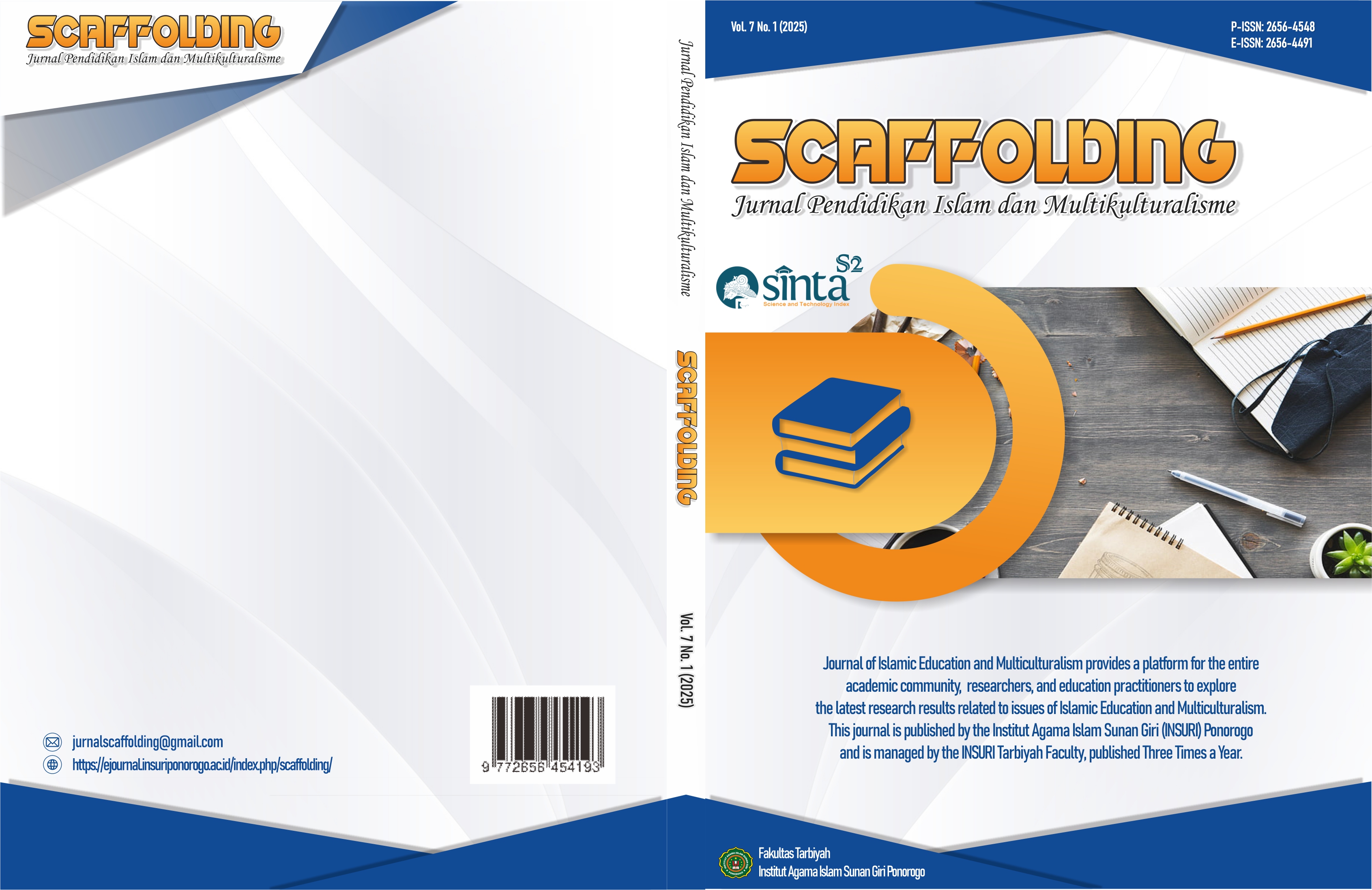Comparative Study of Short Video and E-Booklet Media in Enhancing Students’ Understanding of Traffic Safety
DOI:
https://doi.org/10.37680/scaffolding.v7i1.7333Keywords:
E-Booklet, Learning Media, Short Video, Student Comperhension, Traffic SafetyAbstract
This study aims to analyze the effectiveness of learning media in the form of short videos and e-booklets in improving students' understanding of traffic safety among ninth-grade students at SMP Negeri 7 Samarinda. This study employs a quantitative approach using a quasi-experimental method and a pre-test and post-test control group design. Data were collected through comprehension tests administered before and after the intervention, supplemented by interviews, observations, and documentation as primary data. Additionally, secondary data were gathered through relevant literature reviews to strengthen the theoretical foundation and analysis. The population in this study consisted of 871 students, and 60 students were selected as samples using purposive sampling. The samples were divided into two equal groups, the first group using short video media and the second group using e-booklet media in learning. Data were analyzed using the Liliefors normality test and the Independent Samples T-Test. The results of the study indicate that both media contribute positively to improving student understanding. Although the difference between the two media is not statistically significant, the average understanding score of students in the short video group is higher than that of the e-booklet group. Thus, it can be concluded that short video media tends to be more effective in practice in improving students' understanding of traffic safety compared to e-booklets. Therefore, teachers and educators are advised to optimize the use of short videos as an attractive, concise, and interactive learning medium.
Downloads
Published
How to Cite
Issue
Section
License
Copyright (c) 2025 Goklas Hendra Uktolseja, Dani Fitria Brilianti, Ahmad Basuki, Edi Purwanto

This work is licensed under a Creative Commons Attribution-NonCommercial 4.0 International License.
Authors who publish with this journal agree to the following terms:
Authors retain copyright and grant the journal right of first publication with the work simultaneously licensed under a Creative Commons Attribution-NonCommercial 4.0 International License that allows others to share the work with an acknowledgement of the work's authorship and initial publication in this journal.
Authors are able to enter into separate, additional contractual arrangements for the non-exclusive distribution of the journal's published version of the work (e.g., post it to an institutional repository or publish it in a book), with an acknowledgement of its initial publication in this journal.
Authors are permitted and encouraged to post their work online (e.g., in institutional repositories or on their website) prior to and during the submission process, as it can lead to productive exchanges, as well as earlier and greater citation of published work.



